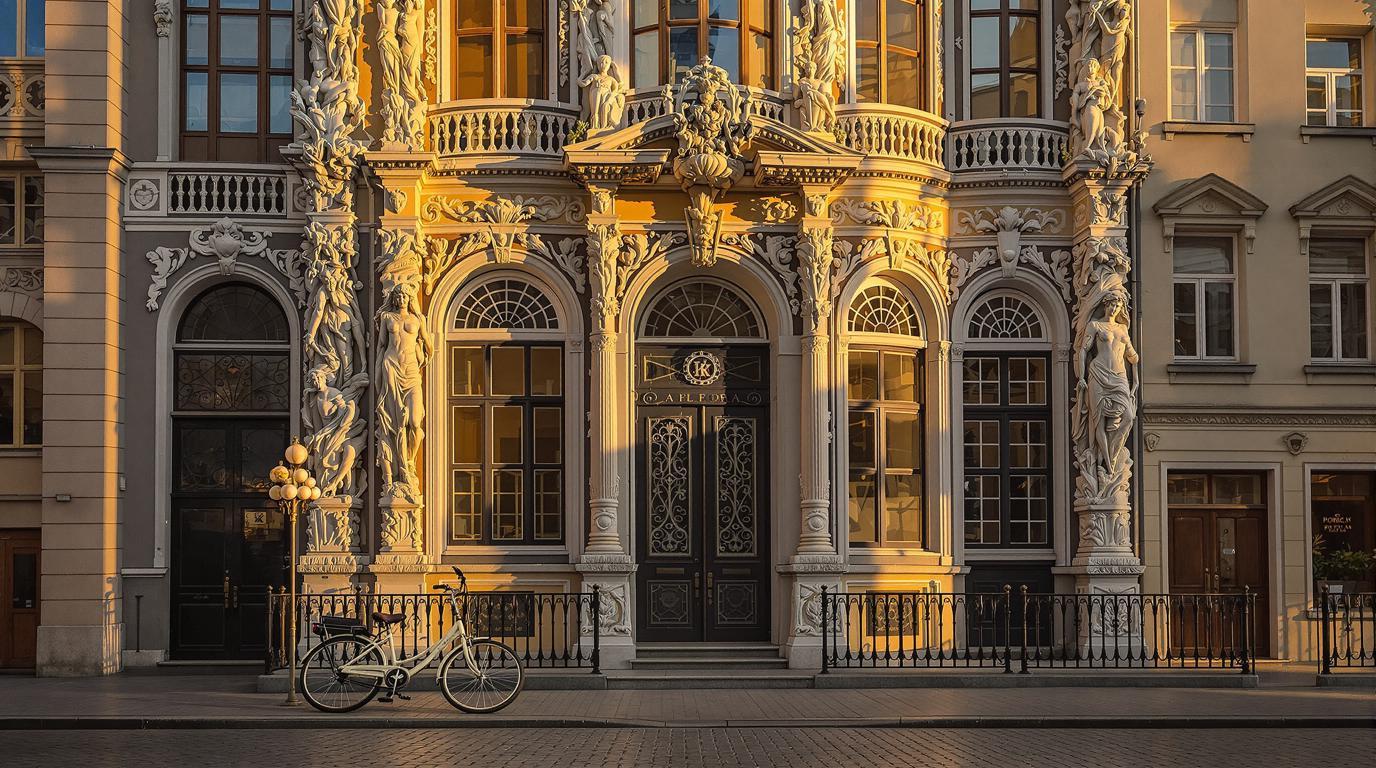Beyond Barcelona: Where Europeans Are Actually Vacationing to Avoid the Crowds
The quiet revolution in European travel
As Barcelona continues to buckle under the weight of overtourism, savvy European travelers are orchestrating a quiet revolution. They’re abandoning the Instagram hotspots for authentic experiences in lesser-known destinations that offer cultural richness without the crushing crowds. The movement represents more than just crowd avoidance—it’s a return to travel’s true purpose: discovery.
Latvia’s Art Nouveau gem hiding in plain sight
Riga, Latvia’s captivating capital, has emerged as the Baltic’s cultural powerhouse. With its UNESCO-listed Old Town and the world’s finest collection of Art Nouveau architecture, Riga delivers the European experience many seek without Barcelona’s suffocating tourism. Local cafés like Rocket Bean Roastery buzz with Latvians rather than tour groups, while amber jewelry workshops offer hands-on cultural immersion.
“Visitors are always surprised by our Art Nouveau district—over 700 buildings featuring fantastical creatures, mythological symbols, and feminine forms. It’s Europe’s artistic treasure that somehow stayed off the mass tourism radar,” explains Ivars Bērziņš, a local architectural historian.
Belgium’s medieval masterpiece without the masses
While tourists cram into Bruges, Europeans in the know are heading to Ghent. This medieval wonderland offers canals, castles, and cutting-edge culture without the crowds. The city’s winding waterways weave past guild houses and medieval spires, creating picture-perfect scenes that rival any in Europe. After dark, an award-winning light installation transforms the historic center into an open-air gallery.
The Montenegrin coast’s best-kept secret
Ulcinj, Montenegro has become the alternative to Croatia’s overcrowded coastline. With pristine beaches stretching for miles and a fascinating Ottoman-era old town, this Adriatic gem offers Mediterranean magic without Dubrovnik’s cruise ship invasion. The town’s unique position creates a cultural crossroads where Balkan and Mediterranean influences blend in architecture, cuisine, and local traditions. Much like the hidden paradise islands of Tahiti, Ulcinj delivers natural beauty without the crowds.
Romania’s vibrant cultural capital
Cluj-Napoca is rapidly becoming Eastern Europe’s most exciting city. This Transylvanian hub combines Gothic architecture with bohemian cafés and an electrifying arts scene. The annual Electric Castle and UNTOLD festivals attract music lovers, while nearby mountains offer hiking escapes. Romania offers incredible adventures on a budget, making it increasingly popular with travelers seeking authentic experiences.
Spain’s undiscovered wilderness frontier
Extremadura, bordering Portugal, remains Spain’s final frontier for tourism. This rugged region offers pristine nature reserves, ancient Roman ruins, and a culinary tradition centered around acorn-fed Iberian ham. The medieval city of Cáceres provides the architectural splendor of more famous Spanish destinations without the tour buses and selfie sticks.
“In Extremadura, you can still find villages where time seems to have stopped in the Middle Ages. Our dehesa landscape—a unique ecosystem of oak trees, grasslands and livestock—has shaped our culture for centuries,” says Elena Rodríguez, a local conservationist.
Sustainable alternatives that preserve local cultures
These emerging destinations share a commitment to sustainable tourism. Like wildlife sanctuaries transforming communities, these cities are deliberately managing visitor numbers to prevent the overtourism that plagues Barcelona. Local initiatives in Ghent and Cluj-Napoca actively promote off-season visits and neighborhood exploration beyond central districts.
Cultural immersion over Instagram moments
The thread connecting these destinations is the opportunity for genuine cultural experiences. Hidden gems with rich histories offer more meaningful connections. In Riga, visitors can participate in traditional pirts (sauna) rituals; in Extremadura, seasonal dehesa harvests become community celebrations; and in Cluj-Napoca, the centuries-old Transylvanian folk traditions remain vibrantly alive.
The spiritual dimension of mindful travel
The shift toward these lesser-known destinations reflects a deeper change in travel philosophy. Travelers increasingly seek mental restoration and meaning rather than checklist tourism. Like Thailand’s hidden spiritual sites, these European alternatives offer space for reflection and genuine connection away from the maddening crowds.
The new European travel map is being rewritten by those seeking authenticity over familiarity. As Barcelona struggles with tourism management, these emerging destinations prove that Europe’s true magic often lies just beyond the familiar highlights—in places where travelers can still feel like explorers rather than part of the problem.
